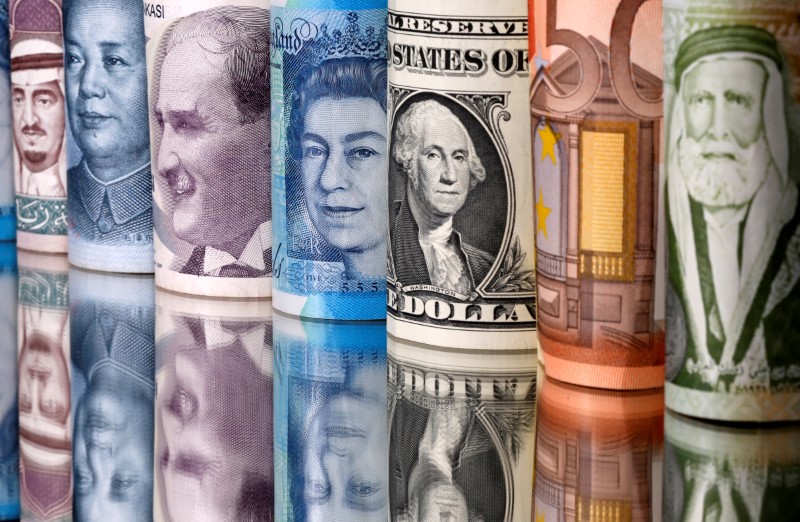Street Calls of the Week
UBS provided an analysis of the Swedish krona's performance, indicating a weakened stance against the euro since May, with the EUR/SEK pair returning to levels seen a year prior, despite the Riksbank's efforts to bolster the currency last September.
The bank forecasts that the EUR/SEK may climb in the near term due to uncertainties surrounding the easing cycle but anticipates a medium-term decline as risk appetite grows and high-beta currencies become more attractive.
In terms of investment prospects, UBS expects that disinflation and rate cuts should lend some support to the Swedish krona, although volatility in Nordic currencies is generally higher than in other regions. This presents an opportunity for EUR investors to sell EUR/SEK upside risks from 11.80 for a yield pickup.
UBS cautions that the EUR/SEK could test levels close to 12.0 in the near term if the Riksbank appears more dovish compared to its peers. Conversely, if the Fed signals more imminent rate cuts, the SEK could appreciate rapidly, potentially bringing the EUR/SEK down to 11.0.
The bank also highlights that a sudden shift towards risk-off sentiment due to a deterioration in the global growth outlook could push EURSEK closer to 12.0, while strong global growth could drive it to 11.0.
The upcoming easing cycles from the Federal Reserve and the European Central Bank are expected to enhance risk appetite, potentially benefiting the krona. UBS suggests that as the appeal of carry in safer, more liquid assets diminishes, the krona is likely to gain strength against the euro.
The anticipation of the ECB's rate cuts starting in June, coupled with the expectation of the Fed's initial rate reduction, has kept risk markets on alert.
Improvements in global growth and positive developments in the Eurozone are predicted to create a conducive environment for the Swedish currency. Sweden, which has been experiencing a recession for the past 18 months, is showing signs of economic recovery, but these have not yet manifested in hard data.
The Riksbank, having already initiated its easing cycle on May 8, is expected to make two additional rate cuts in 2024, offering some relief to the highly levered Swedish economy.
However, UBS notes that the timing of these rate cuts is uncertain, with factors such as the US elections, subdued global growth, and geopolitical tensions posing potential risks that could adversely affect the krona and challenge the forecast of a lower EUR/SEK.
This article was generated with the support of AI and reviewed by an editor. For more information see our T&C.
